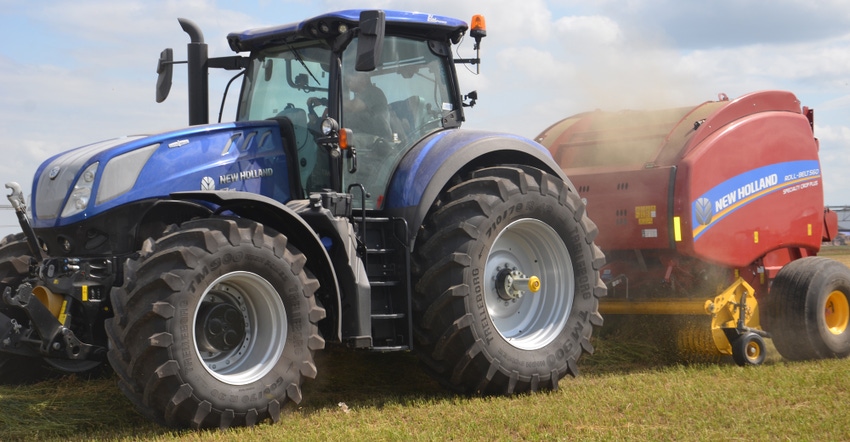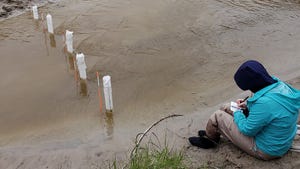Make the most of haying opportunities
Capitalize on chances to make the best hay you can. Here’s advice for how to do that.
June 14, 2022

Grazing is the best way to use forages. But you need hay for overwinter feeding. And sometimes there is so much growth you make hay to use forage.
Here are tips to help you maximize forages as hay, haylage or pasture:
Cutting forage after a rainy spell. Excess soil moisture is still a problem, even if the sun shines for a couple of days. Avoid mowing hay when the top 2 inches are wet. Excess moisture slows drying and can make putting up dry hay more difficult. Mow at least 2 to 3 inches high for more airflow.
Moisture content in hay. Dry hay must be baled with no more than 18% moisture. For small square bales, 16% should be the limit. Higher moisture content results in soured or moldy hay.
Baleage option. Baleage might be the most ideal way to go if it’s wet and you can get the equipment. Moisture content should be about 50%. Make sure the wrap is airtight to exclude oxygen and mold formation.
Bale or wait decisions. I would rather leave forage standing than have poor-quality hay. If it’s put up wet, quality is quickly reduced, and that can be very costly. Not only will livestock not do well on poor-quality hay, but you also removed and relocated very expensive nutrients that will eventually have to be replaced.
Hay vs. grazing. Hay usually is cheap insurance if you run low on pasture, but not this year. One must consider fuel and value of nutrients removed, even if you consider your time being free. I think everyone, no matter how efficient their type of grazing system, should have some hay on hand. It is your insurance plan and a contingency plan. Feeding less hay is a good thing, though, if it means you’re grazing more.
Basing haying on soil fertility. If you want to make hay off pasture fields, choose ones with better soil fertility. If fields are in the “nutrient-building stage,” it’s counterproductive to take hay off — no question. You’re just removing and moving needed nutrients, especially phosphorus. Certainly, spend a few dollars on soil fertility tests so you have a better understanding of nutrient levels. Focus forage harvesting, dry hay or baleage on fields with the most nutrient availability. Only cut what you know you will need, and protect that investment by harvesting it correctly and storing it properly.
Buying hay. Plan if you’re going to buy hay. If possible, visit the hayfield so you have a better idea of the quality. If you are purchasing hay that is already baled or sight unseen, request a hay analysis.
Runaway forage. What if forage got away from you? Keep grazing. Allocate in smaller allotments and keep moving. This will return more nutrients back to the same area and keep forage under more control.
Clipping pastures. If you clip, only remove seed heads and stay above leaves. If you can’t do that, just graze. If you’re mowing to improve quality, have at it — just don’t mow shorter than necessary. If you’re mowing purely for aesthetics, consider leaving it alone. Taller forages produce more live roots, providing some drought insurance and other benefits.
Shelton recently retired as Indiana’s Natural Resources Conservation Service state agronomist and grazing specialist. Email him at [email protected].
You May Also Like



